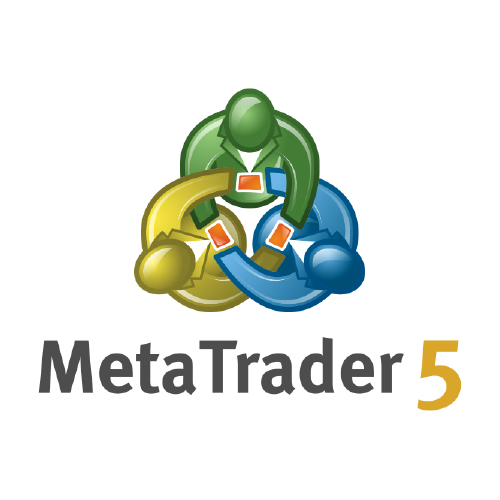After falling below $1200 per ounce in 2018, gold rebounded sharply over the next 12 months, and a significant bullish trend began. Its yield increased by almost 20%, whereas its quotes went up to $1,556 per ounce. The rally continued in 2020. The COVID-19 pandemic increased the popularity of the precious metal as a hedging instrument, which has led to an increase in its price.
In January 2021, the price of gold fell due to the Biden administration’s $1.9 trillion coronavirus relief package. The price of gold would fall every time the US government announced anti-coronavirus programs and plans. In March 2021, the price declined due to economic recovery, which was possible thanks to vaccinations. In March, the price was $1,696.25, which was even lower than in January. At the beginning of June, the price went up to $1.896.60 – back to January’s figures – but failed to maintain this level and fell to $1,755.45 due to the changes in the US dollar rate.
In this article, we’ll look into historical data, see what experts have to say, and make a gold price forecast and prediction for 2021 and some years ahead.
A Recent History of Gold
Western investors’ interest in gold led to an increase in its rate from a minimum of $1160 in the summer of 2018 to a record high of almost $2073 in August of this year. During this time, the precious metal has become one of the most attractive financial assets on the planet. This year, the economic fallout from the pandemic and negative bond yields have driven a record $60 billion in gold ETF capital growth. This is twice as much as in 2009, at the height of the financial crisis.
The pandemic has convinced investors that gold should be part of their portfolios. The precious metal has become a leading hedge against volatility in equity markets and negative interest rates. Gold turned out to be one of the most attractive assets in 2020.
Large investors bought gold for protection against possible deflation in some countries, which could be the result of slowing economic growth and rising inflation in other countries as governments continue to pump liquidity into the economy. For instance, the American bank JPMorgan earned about 1 billion dollars this year from trading in precious metals (mainly gold). According to the consulting company Coalition, this year, revenue from trading in precious metals from the 50 largest investment banks will double and reach a nine-year high of $2.5 billion.
Even Warren Buffett changed his mind about gold. Previously, he considered precious metals a useless asset. This year, his Berkshire Hathaway Inc. acquired 20.9 million shares of one of the world’s largest gold mining companies – Barrick Gold Corp. (Canada).
However, demand in the main gold consuming countries, India and China, has not been up to par this year. People sold their savings in gold or pledged them when the precious metal rose to a record high in local currencies. The high cost of the precious yellow metal and the economic turmoil caused by the pandemic have crippled consumer demand. Therefore, in the first half of the year, jewelry purchases decreased in volume by 46% compared to the same period last year. The reason is quarantine and a decrease in the income of the population.
Investors will continue to fill the gap in demand. This year, exchange-traded funds will accumulate 1205 tons of precious metal in their reserves, three times more than in 2019. The figure may reach 1,362 tons next year.
Central banks have been buying precious metals quarterly since early 2011. In the third quarter of this year, they became net sellers, reducing reserves by 12.1 tons. Nonetheless, CBRs remain net buyers annually as demand for the first three quarters was 220.6 tons. In all likelihood, they will maintain this status in 2020, although the volume of purchases will be less than in the previous two years. Russia has suspended purchases, and China has not reported an increase in reserves since September 2019.
Gold Price Today
The yellow metal rose 17% in the first half of 2020 and another 10% in July, and it reached a record high of $2073 per ounce on August 6. Since then, an ounce of gold has dropped to $1,844 amid news of a coronavirus vaccine. However, the euphoria about the vaccine is premature. The pandemic is not leaving the agenda. Nevertheless, this year’s yield on the precious metal was in the range of 16-30%. Note that many forecasts for 2020 assumed the growth of precious metal quotations to $1600-1700 per ounce in the event of increased geopolitical and economic instability.
The economic recovery from the COVID-19 pandemic continued, and increasing inflation expectations in April and May 2021 led to a lower price. Overall, in January-March 2021, we could see a decline in the price of gold due to US employment figures going up. Gold dropped by 4.7% to $1,774.80 per ounce on June 16, its lowest level since late April. The pullback came after a statement from the Federal Open Market Committee sounded an optimistic note on the recovery of the US economy.
The current price of gold is $1 892.70.

Myanfx-edu does not provide tax, investment or financial services and advice. The information is being presented without consideration of the investment objectives, risk tolerance, or financial circumstances of any specific investor and might not be suitable for all investors.
Go to Register with LiteForex Platform
Financial Trading is not suitable for all investors & involved Risky. If you through with this link and trade we may earn some commission.



















